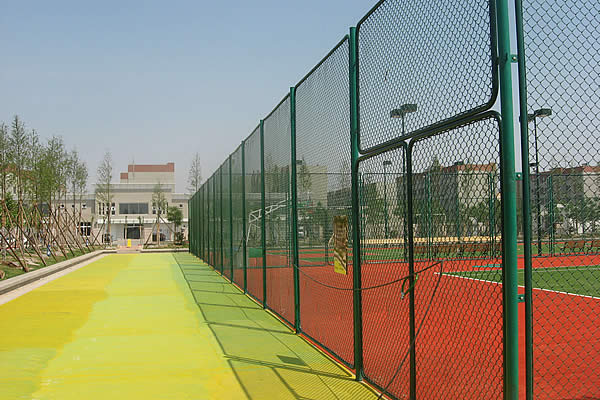 TEL:
+86-13102802206
TEL:
+86-13102802206
 Email:
fencenetting@china.com
Email:
fencenetting@china.com
 Language
Language
 TEL:
+86-13102802206
TEL:
+86-13102802206
 Email:
fencenetting@china.com
Email:
fencenetting@china.com
 Language
Language


Understanding 316 Wire Rope A Comprehensive Overview
Wire ropes are vital components in various industrial applications, including construction, maritime, oil and gas, and many others. Among the various types of wire ropes available in the market, the 316 stainless steel wire rope is well-recognized for its unique properties and versatility. This article aims to provide a comprehensive overview of 316 wire rope, focusing on its composition, characteristics, applications, and advantages.
Composition and Characteristics
316 stainless steel wire rope is composed primarily of iron, chromium, nickels, and molybdenum. The inclusion of molybdenum significantly enhances the wire rope's corrosion resistance, making it particularly suited for marine environments and applications that involve exposure to harsh elements. A common confusion arises with the terminology; 316 indicates a character encoding issue and should not impact the properties of the wire rope itself.
The wire rope is characterized by its robust construction and durability, typically featuring multiple strands of wire twisted together to form a strong, flexible, and resilient product. The construction may vary, with options such as 7x19 (seven strands of 19 wires each) providing versatility in strength and flexibility, making it a popular choice for various lifting and rigging applications.
Applications
316 stainless steel wire rope is commonly utilized in several industries due to its strength and corrosion resistance
. Some key applications include1. Maritime Industry The wire rope is employed in cranes, winches, and mooring lines. Its ability to withstand saltwater corrosion makes it an ideal choice for boats, ships, and dock equipment.
2. Construction In construction sites, 316 wire rope is used in hoisting and rigging applications. Its strength allows it to handle heavy loads, making it crucial for lifting materials and machinery.

3. Oil and Gas In offshore drilling operations, 316 wire rope is used for various applications, from mooring to rigging. Its durability in harsh environments provides a reliable solution for critical operations.
4. Architectural Applications Increasingly, architects and builders are using 316 stainless steel wire rope for aesthetic purposes, such as cable railings and tension systems, providing both safety and a modern appearance.
Advantages
The advantages of 316 stainless steel wire rope are numerous. First and foremost, its excellent corrosion resistance outperforms other stainless steel alloys, making it particularly suitable for environments exposed to moisture, chemicals, and extreme temperatures. This resistance helps to ensure longer service life and reduced maintenance costs.
Additionally, 316 wire rope offers high tensile strength, allowing it to bear significant loads without failure. Its flexibility and ease of handling make it convenient for various applications, from lifting to shaping structures.
Moreover, the aesthetic appeal of 316 stainless steel wire can enhance the visual impact of architectural designs. Its polished appearance makes it especially attractive for use in visible areas.
Conclusion
In conclusion, 316 stainless steel wire rope is a high-performance product that meets the demands of various industries. Its unique composition, characterized by superior corrosion resistance and high tensile strength, makes it an ideal choice for both functional and aesthetic applications. Whether used in maritime settings, construction sites, or architectural designs, 316 wire rope continues to play a crucial role in ensuring safety, efficiency, and reliability in a wide range of applications. As industries evolve and seek durable solutions, 316 wire rope remains a cornerstone of modern engineering and design.